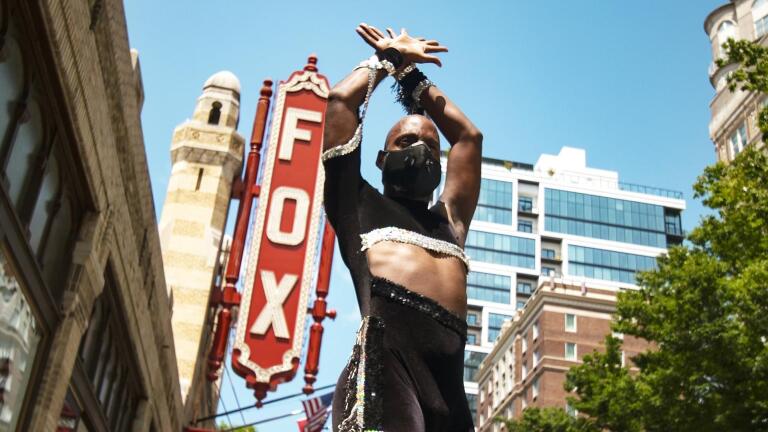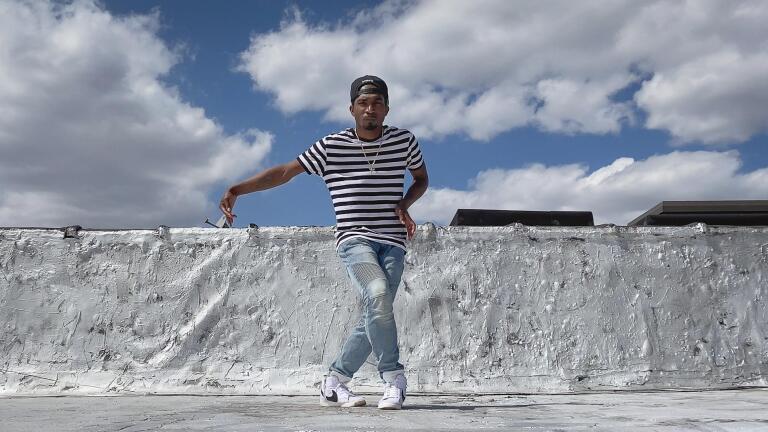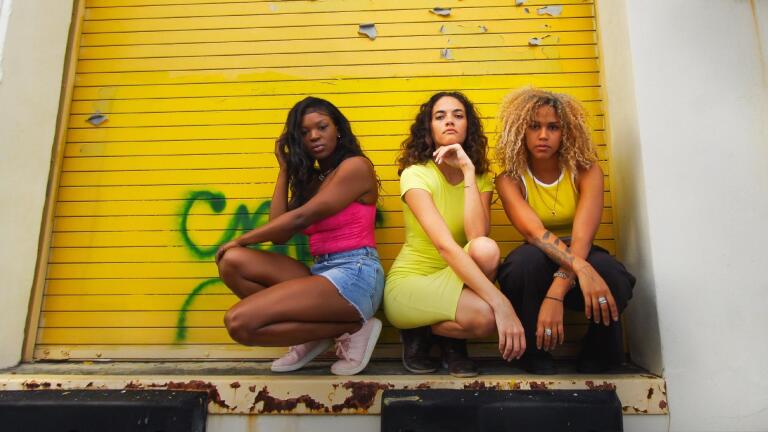Back to Show
If Cities Could Dance
Why More Black Americans Should Try Capoeira
Season 5
Episode 9
Chinwe Oniah was first drawn to capoeira for its martial arts and self-defense elements. But the Afro-Brazilian art form quickly developed into something greater for her, and she discovered that capoeira is Black people’s cultural legacy, still thriving centuries after its birth. Oniah shares her journey and how the San Francisco-Bay Area became a West Coast hub for capoeira.
Support Provided By

6:42
Hula instructor Snowbird Puananiopaokalani Bento teaches the story behind hula dance.

6:33
LA Black skaters push the culture forward amidst a pandemic and economic downturn.

8:33
Originators of Oakland's 1970s funk boogaloo reflect on the birth and impact of the dance

6:55
Dancer Amit Patel is reinventing Bollywood dance for queer expression

5:12
The Dance Champz of Atlanta want to take this underground LGBTQ+ dance to the next level.

5:58
Once known as La-la, Zydeco dance and music thrives in Houston

6:03
Albuquerque’s hip-hop & freestyle dance scene is influenced by various Indigenous tribes

4:02
Sixteen dancers from across the country, representing a range of dance styles, move as one

6:34
Sisters Mar and Maria Cruz are preserving the legacy of this dance of resistance.

5:59
The women of La Mezcla call on the history of percussive dance to create their own style.

6:56
Beat Ya Feet is the street dance empowering a new generation of Black D.C.

2:56
The contemporary dance company shapes feminist messages into sensual moves.



